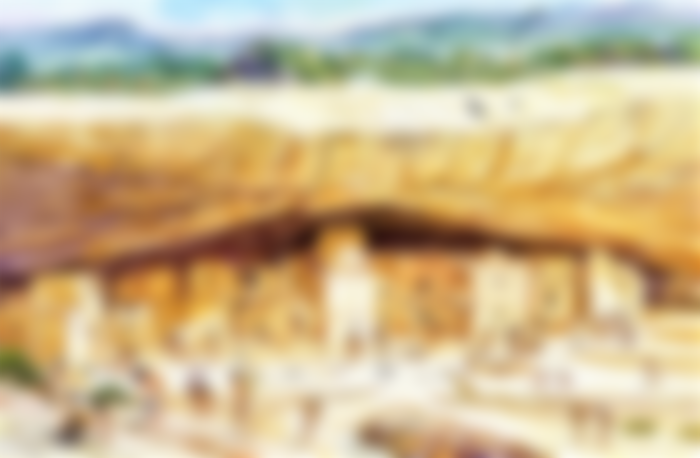Civilizations Disappeared in Antiquity
Maya Civilization
The Mayans are a civilization that lived in Central America. This region is suitable for living in terms of climatic conditions. Agriculture was developed in the Mayas. Their main product was maize, which was also their staple food. Cocoa, beans, and pumpkin were also cultivated crops. Hunting and fishing also flourished in the Mayans.
The Mayans were an architecturally advanced civilization. This civilization established great cities. The ruins of the cities of Tikal and Quirigua (Kuircua) are on the World Heritage List. One of the most important architectural works of the Mayans is the pyramids. This civilization, which was advanced in stonemasonry, used jade, salt and obsidian for commercial purposes. Sculpture and pottery are also the main occupations of this civilization.
The Mayans developed an alphabet that they expressed through pictures and symbols.

Indus Valley Civilization
In the region of present-day India and Pakistan, there was the Indus Valley Civilization 8 thousand years ago. In 3000 BC they occupied a much larger area than the civilizations of Egypt and Mesopotamia. Moreover, they made up 10% of the world's population. Using a writing system that has not yet been deciphered, this civilization was one of the most advanced societies in the world until the Roman period. However, around 1900 BC, people began to leave the cities. Scientists believe an Aryan invasion from the north wiped out the Indus people. However, recent studies show that the monsoon cycle has stopped for at least 200 years, thus drought has occurred. Earthquakes or epidemics such as malaria and cholera may also have played a role.
Anasazi

The Anasazi people lived in the 12th and 13th centuries in what is now the United States of America, Colorado and New Mexico. This civilization, which built houses with hundreds of rooms on the sides of the cliffs, built very high buildings. There are various theories for the vanishing civilization. Along with the signs of slaughter and cannibalism, drought may also have played a role. In addition, riots in the society may have caused people to leave the cities. Today, the descendants of this civilization prefer the name Puebloans to Anasazi.
Cahokia
With the spread of maize cultivation, villages began to appear in the fertile valleys of the southeast and midwest of the Americas. That was about 1200 years ago. The largest of these villages was Cahokia with a population of about 20 thousand. The city, surrounded by a high wooden fence, had at least 120 earthen mounds built with 14 million baskets of earth. The largest of them was about 30 meters. Using its own solar calendar, the civilization became a natural trade center thanks to its location. Around 1200 AD, a flood occurred and cities were abandoned. Studies show that there may be factors such as political and social unrest and disease apart from floods.
Easter Island
The Polynesians, who set out by canoe between 300 AD and 1200 AD, reached Easter Island, one of the most remote places in the world. Interestingly, they erected these stone statues even though they had no pack animals and no wheels. There are hundreds of these stone statues, the largest of which weighs 82 tons and is 10 meters long. By the 1800s, their population had dwindled considerably. Since then, scientists have analyzed the charcoal bits and pollen in the sediment cores, discovering that its inhabitants cut down nearly every tree and ate the seeds before the plants sprouted again. One of the most important causes of population decline is thought to be mass starvation. Ecological disasters and civil wars may also have played a role. With the arrival of Europeans, the population of the islanders declined rapidly. With the slave trade and smallpox, their numbers dwindled to 100.
Greenland Vikings
According to Icelandic sagas, Eric the Red set out with a fleet of 25 boats to colonize Greenland around AD 985. Vikings, who established a smaller western settlement with a large eastern settlement; he herded goats, sheep, and cattle, built stone churches, and hunted reindeer and seals. Their population reached roughly 5,000, but the missionaries who came to the island in 1721 could not find the people. Only ruins remained. Archaeologists have done a lot of research since then. In the 14th century, the entrances to Greenland may have been blocked by glaciers. In addition, with the effect of the Little Ice Age, the usage time of the land may have decreased. However, it is unknown where the killing blow came from. While some experts think they packed up and returned to Iceland or Scandinavia, there are also those who believe they died of starvation. In addition, the Black Plague epidemic may have affected this civilization as well. Vikings are not the only society to perish on this island, the Eskimos and Dorsets living here also perished in the following years.

